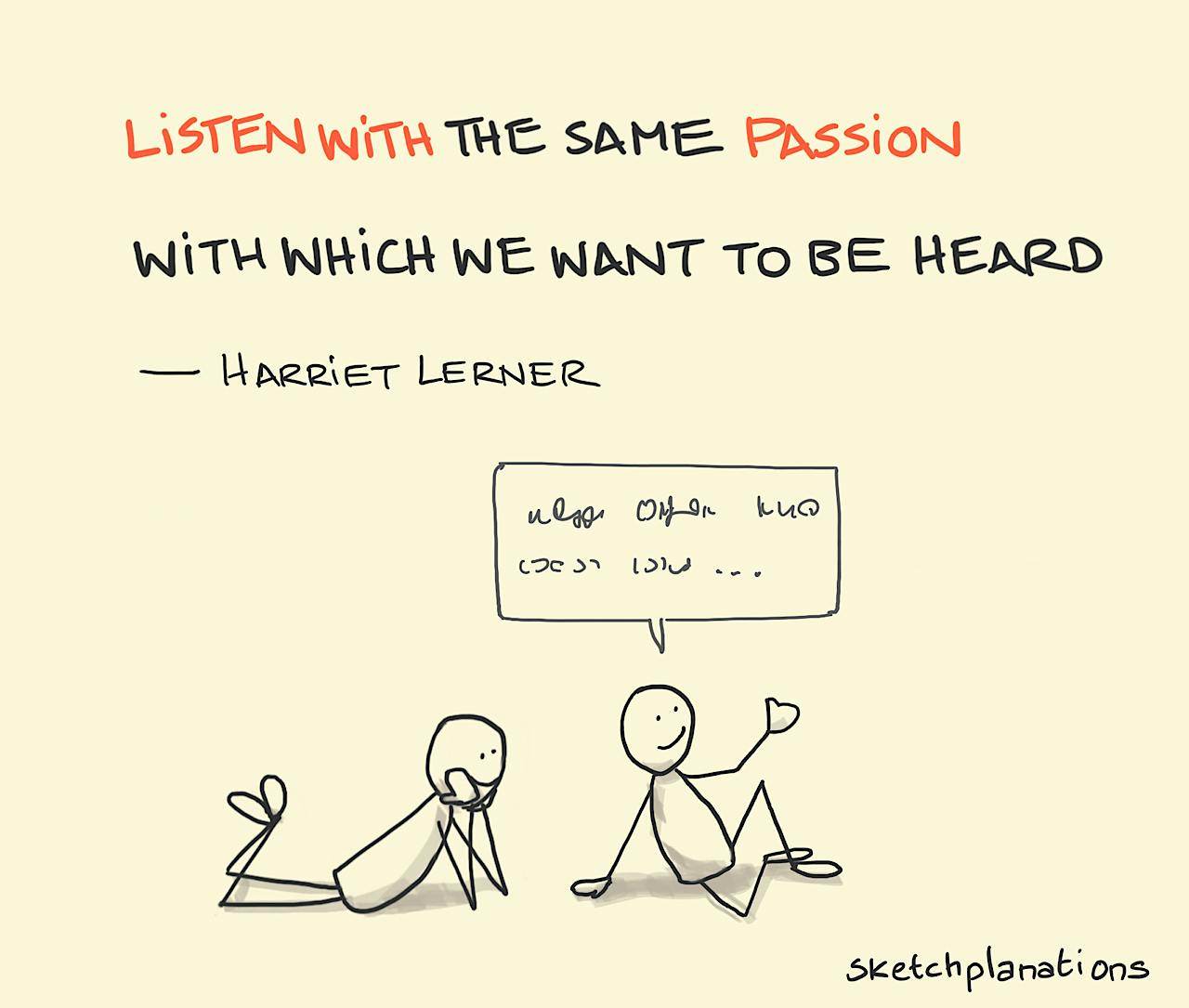
Submarine shower
Life on a nuclear submarine is life under some pretty intense constraints. For one, there’s not naturally any fresh water and any time you use it the waste water builds up in the tanks and then has to be expelled, and when you expel it that makes noise, and because nuclear subs don’t want to give away their location they do their best to minimise the number of times they have to do that. That means taking care of all fresh water. The other reason to take care of fresh water usage is that they have to make it the whole time — any fresh water for cooking, cleaning or drinking has to be made from sea water. If you drink a glass of water on a nuclear submarine you’re probably drinking the most expensive glass of water you’ll ever drink because it’s been desalinated by a nuclear submarine. Hence the submarine shower with a total of 20 seconds of water: 10s with the water on, turn it off while you soap and scrub and finish with 10s of rinsing. That’s it. For me it’s a nice reframe in how much you actually need when you take a shower, and it still works. So if you fancy saving water and energy you could give it a try. Submariner Tom Lewis even wrote a song about showers on submarines.…Life on a nuclear submarine is life under some pretty intense constraints. For one, there’s not naturally any fresh water and any time you use it the waste water builds up in the tanks and then has to be expelled, and when you expel it that makes noise, and because nuclear subs don’t want to give away their location they do their best to minimise the number of times they have to do that. That means taking care of all fresh water. The other reason to take care of fresh water usage is that they have to make it the whole time — any fresh water for cooking, cleaning or drinking has to be made from sea water. If you drink a glass of water on a nuclear submarine you’re probably drinking the most expensive glass of water you’ll ever drink because it’s been desalinated by a nuclear submarine. Hence the submarine shower with a total of 20 seconds of water: 10s with the water on, turn it off while you soap and scrub and finish with 10s of rinsing. That’s it. For me it’s a nice reframe in how much you actually need when you take a shower, and it still works. So if you fancy saving water and energy you could give it a try. Submariner Tom Lewis even wrote a song about showers on submarines.WWW…
Read more…





